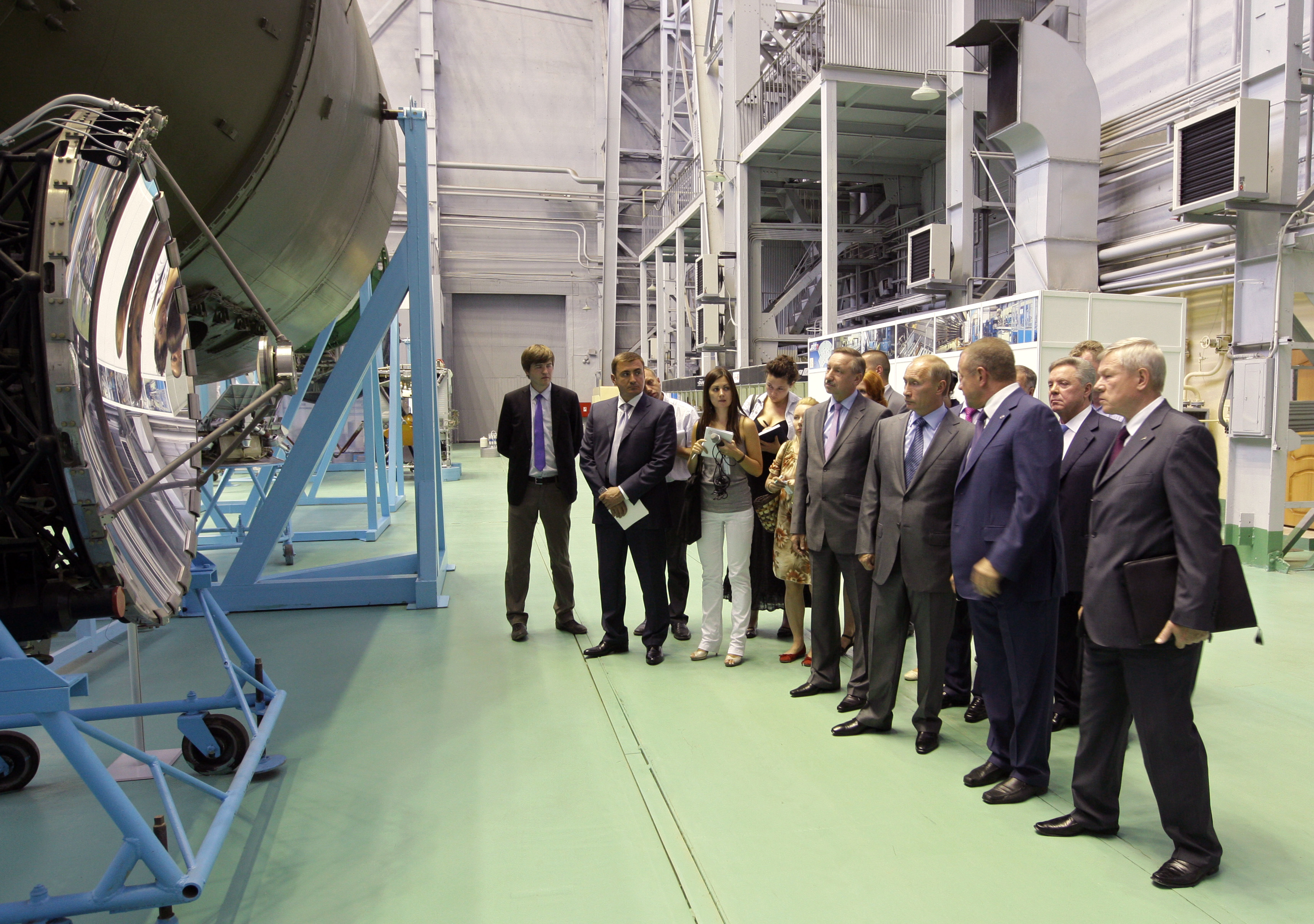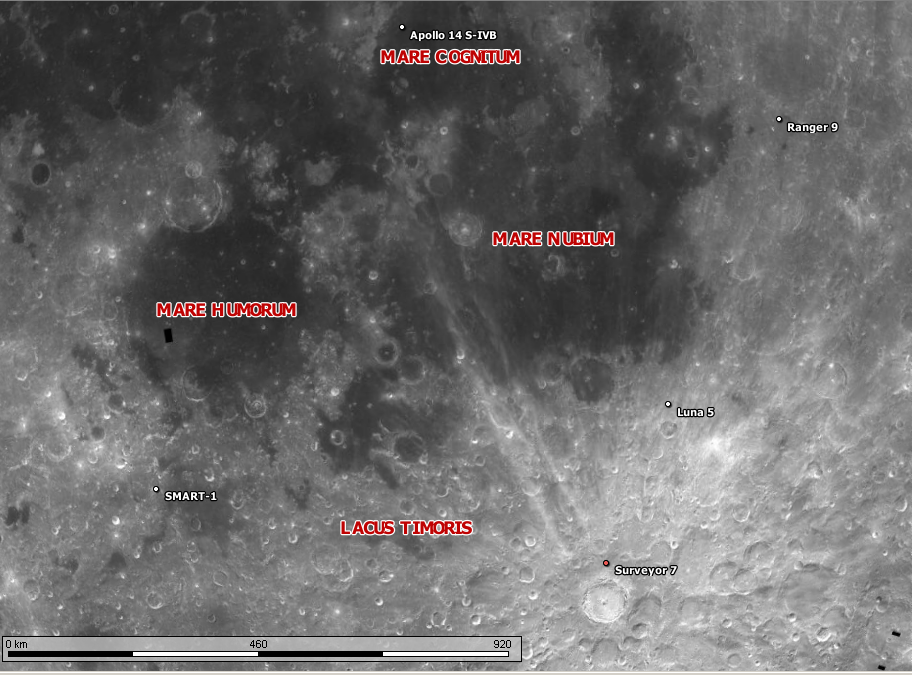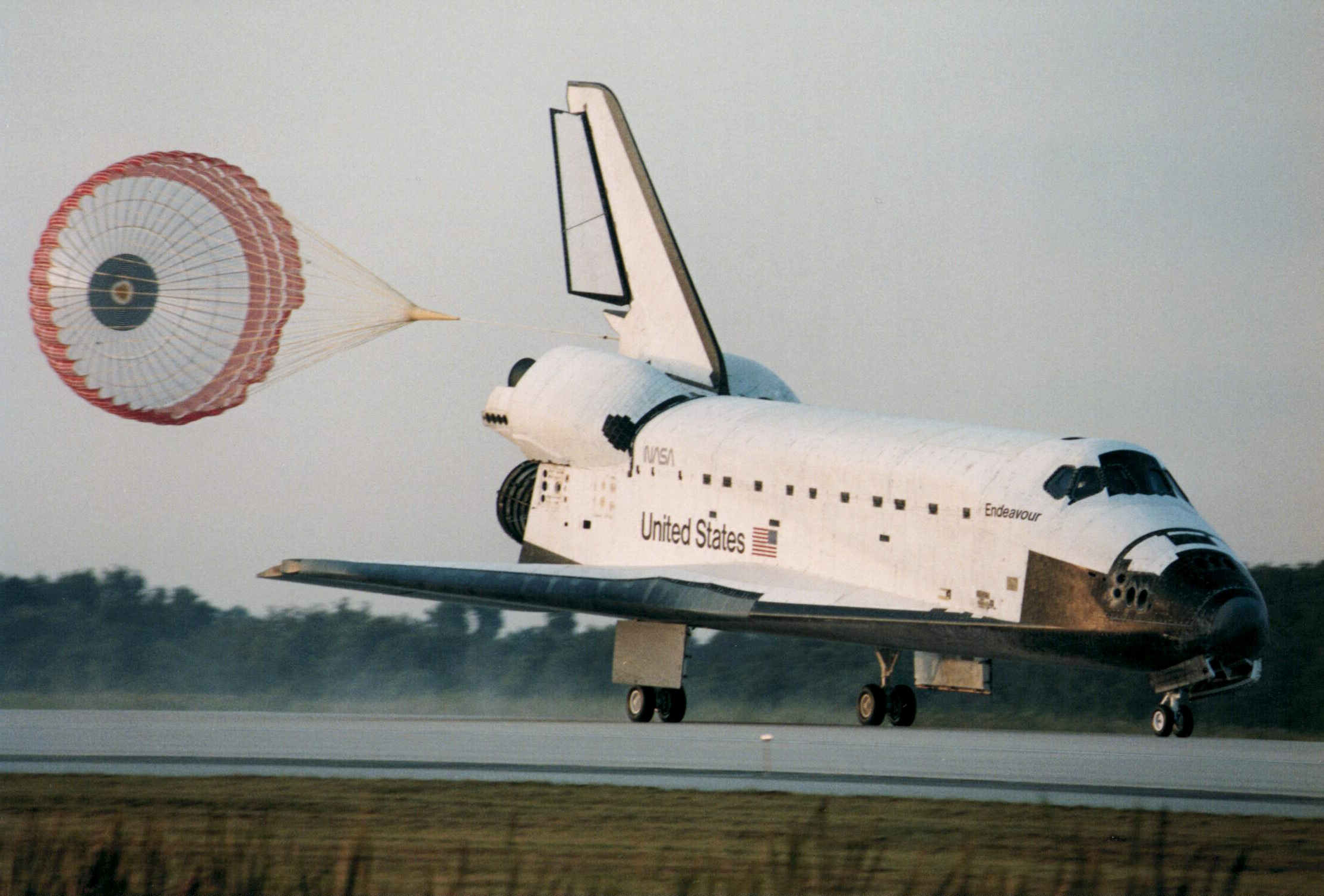|
Luna 1965A
Luna E-6 No.8 (Ye-6 series), sometimes identified by NASA as Luna 1965A, was a Soviet spacecraft which was lost in a launch failure in 1965. It was a Luna Ye-6 spacecraft, the seventh of twelve to be launched, It was intended to be the first spacecraft to perform a soft landing on the Moon, a goal which would eventually be accomplished by the final Ye-6 spacecraft, Luna 9. Luna E-6 No.8 was launched on 10 April 1965, atop a Molniya-L 8K78L carrier rocket, flying from Site 1/5 at the Baikonur Cosmodrome ''Baiqoñyr ğaryş ailağy'' rus, Космодром Байконур''Kosmodrom Baykonur'' , image = Baikonur Cosmodrome Soyuz launch pad.jpg , caption = The Baikonur Cosmodrome's " Gagarin's Start" Soyu .... During third stage flight, a nitrogen pipeline in the oxidiser tank depressurised, which caused a loss of oxidiser flow to the engine and resulted in the engine cutting off. The spacecraft failed to achieve orbit, and the spacecraf ... [...More Info...] [...Related Items...] OR: [Wikipedia] [Google] [Baidu] |
OKB-1
PAO S. P. Korolev Rocket and Space Corporation Energia (russian: Ракетно-космическая корпорация «Энергия» им. С. П. Королёва, Raketno-kosmicheskaya korporatsiya "Energiya" im. S. P. Korolyova), also known as RSC Energia (, RKK "Energiya"), is a Russian manufacturer of spacecraft A spacecraft is a vehicle or machine designed to spaceflight, fly in outer space. A type of artificial satellite, spacecraft are used for a variety of purposes, including Telecommunications, communications, Earth observation satellite, Earth ... and space station components. The company is the prime developer and contractor of the Russian crewed spaceflight program; it also owns a majority of Sea Launch. Its name is derived from Sergei Korolev, the first chief of its design bureau, and the Russian word for energy. Overview Energia is the largest company of the Russian space industry and one of its key players. It is responsible for all opera ... [...More Info...] [...Related Items...] OR: [Wikipedia] [Google] [Baidu] |
Molniya-L
The Molniya (russian: Молния, meaning "lightning"), GRAU Index 8K78, was a modification of the well-known R-7 Semyorka rocket and had four stages. The 8K78 resulted from a crash program by the Korolev Bureau to develop a booster for launching planetary probes. A larger third stage was added along with a fourth stage ( Blok L) that was designed to fire in-orbit to send the payload out of LEO. The basic R-7 core was also structurally strengthened and given more powerful engines. A rushed development produced multiple malfunctions of the upper stages, which led to its being replaced by the improved Molniya-M in 1964, but there were enough 8K78s left to continue flying them into 1967.The Soyuz Launch Vehicle: The Two Lives of an Engineering Triumph By Christian Lardier, Stefan Barensky, page 156 The Molniya also carried early Venera probes to Venus. Molniya (E6) was a minor revision adapted for launch of some Luna series space probes. Characteristics * Length: 43.440 m * D ... [...More Info...] [...Related Items...] OR: [Wikipedia] [Google] [Baidu] |
Serial Number
A serial number is a unique identifier assigned incrementally or sequentially to an item, to ''uniquely'' identify it. Serial numbers need not be strictly numerical. They may contain letters and other typographical symbols, or may consist entirely of a character string. Applications of serial numbering Serial numbers identify otherwise identical individual units, thereby serving various practical uses. Serial numbers are a deterrent against theft and counterfeit products, as they can be recorded, and stolen or otherwise irregular goods can be identified. Banknotes and other transferable documents of value bear serial numbers to assist in preventing counterfeiting and tracing stolen ones. They are valuable in quality control, as once a defect is found in the production of a particular batch of product, the serial number will identify which units are affected. Some items with serial numbers are automobiles, firearms, electronics, and appliances. Smartphones and other S ... [...More Info...] [...Related Items...] OR: [Wikipedia] [Google] [Baidu] |
Baikonur Cosmodrome
''Baiqoñyr ğaryş ailağy'' rus, Космодром Байконур''Kosmodrom Baykonur'' , image = Baikonur Cosmodrome Soyuz launch pad.jpg , caption = The Baikonur Cosmodrome's " Gagarin's Start" Soyuz launch pad prior to the rollout of Soyuz TMA-13, 10 October 2008. , LID = GC0015 , type = Spaceport , owner-oper = Roscosmos Russian Aerospace Forces , location = Kazakhstan (leased to Russia) , opened = , built = , timezone = UTC+06:00 , utc = +06:00 , elevation-m = 90 , metric-elev = y , coordinates = , website = , image_map = , image_mapsize = , image_map_alt = , image_map_caption = , pushpin_map = Kazakhstan#Russia#Soviet Union , push ... [...More Info...] [...Related Items...] OR: [Wikipedia] [Google] [Baidu] |
Gagarin's Start
Gagarin's Start (russian: Гагаринский старт, ''Gagarinskiy start''), also known as Baikonur Site 1 or Site 1/5 is a launch site at Baikonur Cosmodrome in Kazakhstan that was used for the Soviet space program and is now managed by Roscosmos. Overview The launchpad for the world's first human spaceflight made by Yuri Gagarin on Vostok 1 in 1961, the site was referred to as Site No.1 (, ''Ploshchadka No. 1'') as the first one of its kind. It is also sometimes referred to as NIIP-5 LC1, Baikonur LC1, LC-1/5, LC-1 or GIK-5 LC1. On 17 March 1954, the Council of Ministers ordered several ministries to select a site for a proving ground to test the R-7 rocket by 1 January 1955. A special reconnaissance commission considered several possible geographic regions and selected Tyuratam in the Kazakh SSR. This selection was approved on 12 February 1955 by the Council of Ministers, with a completion of construction targeted for 1958. [...More Info...] [...Related Items...] OR: [Wikipedia] [Google] [Baidu] |
Luna Programme
The Luna programme (from the Russian word "Luna" meaning "Moon"), occasionally called ''Lunik'' by western media, was a series of robotic spacecraft missions sent to the Moon by the Soviet Union between 1959 and 1976. Fifteen were successful, each designed as either an orbiter or lander, and accomplished many firsts in space exploration. They also performed many experiments, studying the Moon's chemical composition, gravity, temperature, and radiation. Twenty-four spacecraft were formally given the Luna designation, although more were launched. Those that failed to reach orbit were not publicly acknowledged at the time, and not assigned a Luna number. Those that failed in low Earth orbit were usually given Cosmos designations. The estimated cost of the Luna programme in 1964 was US$6–10 billion. Mission types The name ''Luna'' was used to designate a variety of spacecraft designs, to achieve several types of missions: Impactors Impactor spacecraft are designed to h ... [...More Info...] [...Related Items...] OR: [Wikipedia] [Google] [Baidu] |
Kosmos 60
Kosmos 60 (russian: Космос 60 meaning ''Cosmos 60'') was an E-6 No.9 probe (Ye-6 series), launched by the Soviet Union. It was the sixth attempt at a lunar soft-landing mission, with a design similar to that of Luna 4. Kosmos 60 was launched by a Molniya 8K78 rocket, serial number G15000-24, flying from Site 1/5 at the Baikonur Cosmodrome. The launch took place at 09:25:31 GMT. The spacecraft achieved a low Earth orbit A low Earth orbit (LEO) is an orbit around Earth with a period of 128 minutes or less (making at least 11.25 orbits per day) and an eccentricity less than 0.25. Most of the artificial objects in outer space are in LEO, with an altitude never m ..., with a perigee of , an apogee of , an inclination of 64.7°, and an orbital period of 89.1 minutes, but failed to leave orbit for its journey to the Moon due to a failure when the Blok L upper stage failed to fire for the trans-lunar injection burn. Instead, the spacecraft remained stranded in Earth orbit. ... [...More Info...] [...Related Items...] OR: [Wikipedia] [Google] [Baidu] |
Luna 5
''Luna 5'', or ''E-6 No.10'' (Ye-6 series), was an unmanned Soviet spacecraft intended to land on the Moon as part of the Luna programme. It was intended to become the first spacecraft to achieve a soft landing on the Moon, however its retrorockets failed, and the spacecraft impacted the lunar surface. Launch ''Luna 5'' was launched by a Molniya-M carrier rocket, flying from Site 1/5 at the Baikonur Cosmodrome. Liftoff occurred at 07:49:37 UTC on 9 May 1965. The spacecraft and Blok L upper stage entered a low Earth parking orbit, before the Blok L fired to propel ''Luna 5'' towards the Moon. ''Luna 5'' became the first Soviet probe to be successfully launched towards the Moon in two years. Between it and the previous mission to be launched successfully, ''Luna 4'', there were three launch failures: ''E-6 No.6'' and ''No.5'' in 1964 and ''Kosmos 60'' in 1965. Failure Following the mid-course correction on 10 May, the spacecraft began spinning around its main axis due to a p ... [...More Info...] [...Related Items...] OR: [Wikipedia] [Google] [Baidu] |
Soviet Union
The Soviet Union,. officially the Union of Soviet Socialist Republics. (USSR),. was a List of former transcontinental countries#Since 1700, transcontinental country that spanned much of Eurasia from 1922 to 1991. A flagship communist state, it was nominally a Federation, federal union of Republics of the Soviet Union, fifteen national republics; in practice, both Government of the Soviet Union, its government and Economy of the Soviet Union, its economy were highly Soviet-type economic planning, centralized until its final years. It was a one-party state governed by the Communist Party of the Soviet Union, with the city of Moscow serving as its capital as well as that of its largest and most populous republic: the Russian Soviet Federative Socialist Republic, Russian SFSR. Other major cities included Saint Petersburg, Leningrad (Russian SFSR), Kyiv, Kiev (Ukrainian Soviet Socialist Republic, Ukrainian SSR), Minsk (Byelorussian Soviet Socialist Republic, Byelorussian SSR), Tas ... [...More Info...] [...Related Items...] OR: [Wikipedia] [Google] [Baidu] |
Soft Landing (rocketry)
A soft landing is any type of aircraft, rocket or spacecraft landing that does not result in significant damage to or destruction of the vehicle or its payload, as opposed to a hard landing. The average vertical speed in a soft landing should be about per second or less. A soft landing can be achieved by * Parachute—often this is into water. * Vertical rocket power using retrorockets, often referred to as VTVL (vertical landing referred to as VTOL, is usually for aircraft landing in a level attitude, rather than rockets) — first achieved on a suborbital trajectory by Bell Rocket Belt and on an orbital trajectory by the Surveyor 1. * Horizontal landing, most aircraft and some spacecraft, such as the Space Shuttle, land this way. * Being caught in midair, as done with Corona spy satellites and followed by some other form of landing. * Reducing landing speed by impact with the body's surface, known as lithobraking Lithobraking is a whimsical euphemism used by spa ... [...More Info...] [...Related Items...] OR: [Wikipedia] [Google] [Baidu] |
Moon
The Moon is Earth's only natural satellite. It is the fifth largest satellite in the Solar System and the largest and most massive relative to its parent planet, with a diameter about one-quarter that of Earth (comparable to the width of Australia). The Moon is a planetary-mass object with a differentiated rocky body, making it a satellite planet under the geophysical definitions of the term and larger than all known dwarf planets of the Solar System. It lacks any significant atmosphere, hydrosphere, or magnetic field. Its surface gravity is about one-sixth of Earth's at , with Jupiter's moon Io being the only satellite in the Solar System known to have a higher surface gravity and density. The Moon orbits Earth at an average distance of , or about 30 times Earth's diameter. Its gravitational influence is the main driver of Earth's tides and very slowly lengthens Earth's day. The Moon's orbit around Earth has a sidereal period of 27.3 days. During each s ... [...More Info...] [...Related Items...] OR: [Wikipedia] [Google] [Baidu] |




